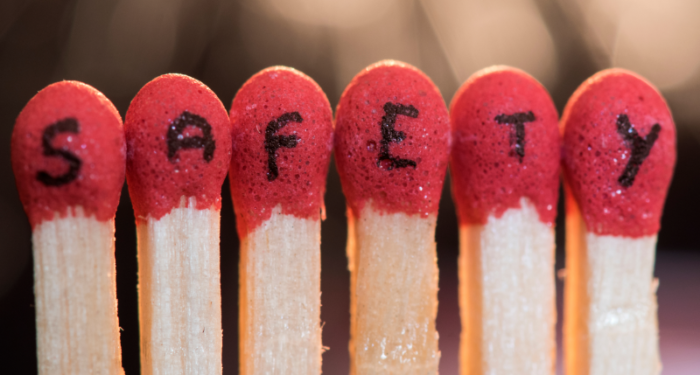An incident on board a vessel which almost escalated into a serious accommodation fire. A crew member plugged his mobile phone into an extension cable to charge. In addition, plugged into the extension cable was a fan heater. Shortly afterwards the ship’s fire detection system indicated alarms in near cabins.
The incident
A crew member finished his work for the day and returned to his cabin. He plugged his mobile phone into an extension cable to charge; also plugged into the extension cable was a fan heater.
[smlsubform prepend=”GET THE SAFETY4SEA IN YOUR INBOX!” showname=false emailtxt=”” emailholder=”Enter your email address” showsubmit=true submittxt=”Submit” jsthanks=false thankyou=”Thank you for subscribing to our mailing list”]
Shortly afterwards the ship’s fire detection system indicated alarms in adjacent cabins. In the meantime, another crew member activated a manual call point in the alleyway having discovered smoke. The ship’s alarm bells were sounded, and announcements made for fire teams to muster.
The crew member found his cabin filled with smoke and a fire on the desk; both the cabin telephone and extension cable were burning. The crew member tried to put out the fire by hitting it with a pillow. Then the cabin telephone exploded and fragments fell onto the mattress, starting a second fire. The crewmember left his cabin.
Once the electricity had been isolated, the fire was extinguished with fire hoses before it could escalate further.
The investigation found that:
- There was no evidence of any power surge on the vessel power supply prior to the fire;
- All crew involved had signed safety management system (SMS) familiarisation forms, including initial actions upon discovering fire;
- This class of vessel has wall mounted fixed heaters in the cabins from build.
Probable cause
IMCA identified the root causes of the fire as:
- Failure to comply: the risk involved was seen as tolerable, and there was lack of awareness of safety;
- Internal company management systems were not sufficiently robust.
However, a number of factors combined and led to this accident:
Electrical equipment was not used properly:
- There was overloading of an extension cable/multiplug;
- A number of electrical items were plugged in and left unobserved. Heaters, fans and extension cables/multiplugs were bought locally by vessel crew from different sources, with no quality control check in place.
There was poor housekeeping:
- The heater was placed on the chair and electronic equipment all laced together along with wires and extension cables on the desk;
- The vessel air conditioning and heating equipment were not being used for controlling cabin temperature;
- The initial reaction of the crew member to attempt to smother the fire with a pillow caused the fire to spread and become more serious.
Inadequate procedures:
- No control procedure or testing requirement was in place for personal electronic equipment brought onboard;
- No requirement for warning signs/information within cabins;
- Insufficient information in company training material with regard to the dangers of overheating electronic devices and good housekeeping;
- High powered electrical fan heaters were introduced to cabins without a management of change (MoC) process or risk assessment;
- Heaters and fans were bought locally by vessel crew from different sources with no quality control check in place.
Inadequate leadership:
When issues with vessel’s air conditioning and heating systems affecting cabin temperatures were previously reported, onboard management introduced additional equipment rather than solving the issues.
Lessons learned
The following lessons were learned after the incident:
- Add requirement for PAT testing to vessel SMS and planned maintenance system (PMS);
- Implement more appropriate control of personal electronic equipment on board;
- Investigate and repair vessel air conditioning to ensure that accommodation temperature control using fixed vessel equipment is achievable;
- Post appropriate warning signs by sockets in cabins;
- Retraining and refamiliarization of crew on fire prevention on electrical equipment, raising the alarm and electrical safety in general.






























































